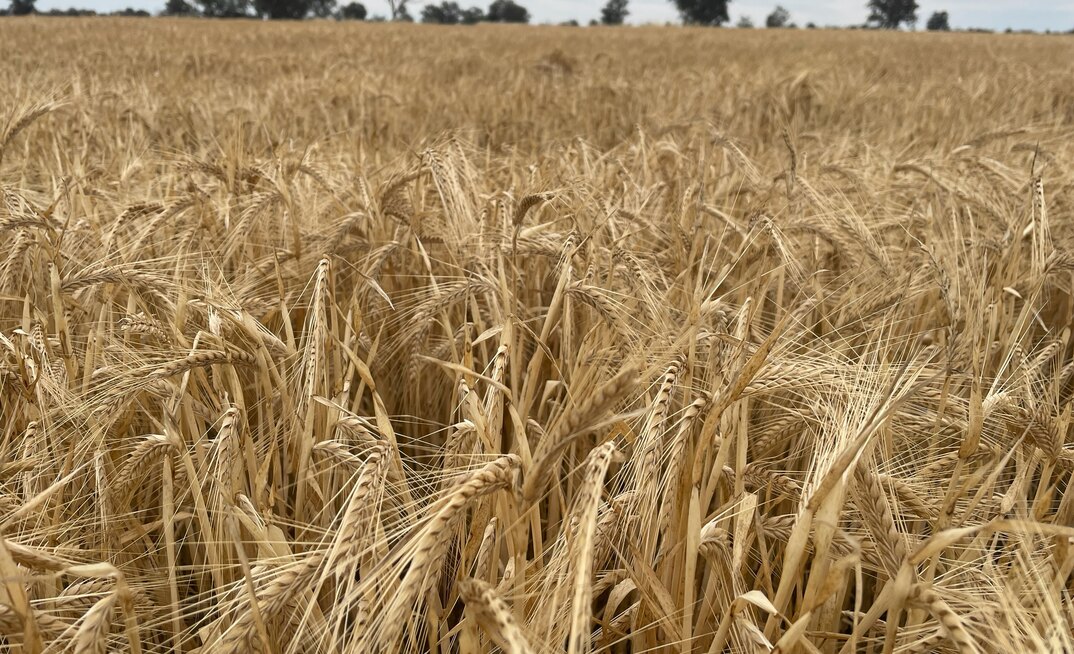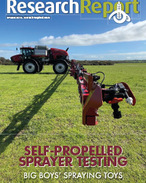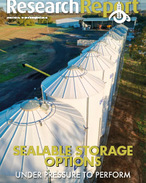AUSTRALIAN barley production expected to grow by eight per cent to almost 12 million tonnes for the 2024/2025 season.
The growth is forecast in a new Rabobank report which also notes global trade headwinds as Chinese buyers plan to focus on their domestic market.
Rabobank expects Australian barley production to hit 11.7 million tonnes in the 2024/25 season despite Chinese authorities asking their local traders to focus on buying domestic grains as the country's inventories increased due to weak demand.
Australia has traditionally been the largest exporter of barley to China, but volumes suffered from the introduction of Chinese tariffs on Australian barley in 2020.
YOU MIGHT ALSO LIKE
"And while China has started to import barley from Australia again, overall import volumes are declining, as consumer confidence is under pressure," the Rabobank Barley dashboard Q1 2025 report said.
Report co-author and RaboResearch analyst, Vitor Pistoia, said malting barley, which makes up a significant part of Australia's exports to China, faces headwinds from weak (Chinese) beer consumption in recent quarters.
Pistoia said globally, demand for barley from the beer and whiskey industry has softened and the price of alternative feed grains, such as corn and wheat, has fallen due to a bumper harvest in the United States, pushing feed barley prices lower.
"Though the fundamentals for the barley industry remain soft, the low stock-to-use (STU) ratio is likely to provide some support at current price levels for the coming 2025/26 season," he said.
The price of barley has been under pressure as corn and wheat harvests in North America saw bumper crops and demand from the brewing industry suffer from economic headwinds and poor northern hemisphere weather that impacted on drinking habits.
However, Pistoia said current global inventory levels are low. In the absence of a demand rebound, this is not an immediate problem, but it does pose a price increase risk.
"The malting versus feed barley spread increased in 2023 and 2024 but recently fell back, as feed demand is strong."
Rabobank expects global prices to find a bottom around current levels due to low barley STU ratios – with the malting-feed spread likely to drift sideways as beer and whiskey demand remains weak in the short term.
Global production to be down
Pistoia said global barley production in 2024/25 is forecast to come in at the lowest level since 2018/19.
"Globally, yields are below 2022/23 levels but above the long-term average," he said. "And barley area has been declining as wheat, corn, and soy area increased."
Pistoia said barley ending stocks have fallen quite significantly and the market is becoming tight.
"International production volume, which was expected to rebound after a poor 2023/24 season, has gradually been downgraded, and expectations were reversed," he said. "Farmers have been switching to the cultivation of other crops as barley prices soften. And yield forecasts have stabilised as the weather in Canada – a key barley producer and exporter – improved slightly."
After three strong barley harvests, Pistoia said Australia saw a smaller harvest in 2023/24 as El Niño – albeit weak – brought drier weather to key growing regions.
"Even though a weak El Niño led to upgrades in barley production forecasts throughout 2023/24, inventories have fallen to the lowest level since 2015/16," he said.
Total barley exports in 2023/24 finished at 7.91 million tonnes (to the end of September).
























